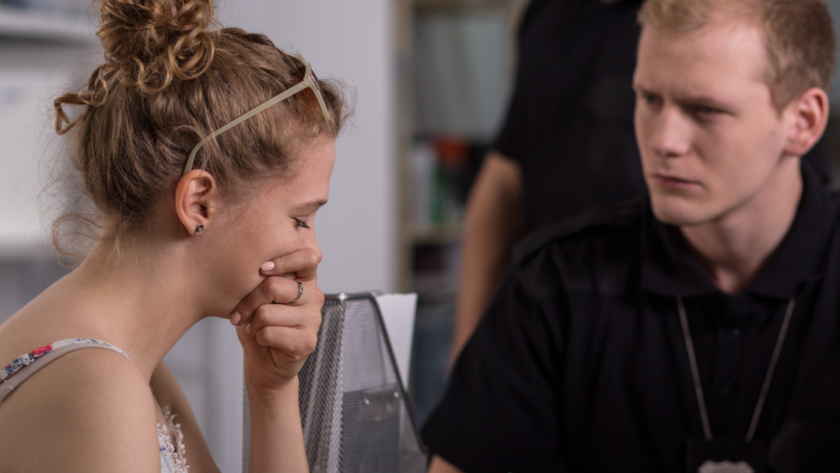Whether it’s a traffic accident or a break-in, witnessing a crime is often an unnerving thing to witness. Then, besides the emotional toll and or physical toll, it also more often than not imposes certain responsibilities on you.
Generally, here are 3 actions to take in the aftermath of witnessing a crime.
Prioritize Personal Safety
Unfortunately, it’s not uncommon to really endanger yourself as a witness and so you want to prioritize personal safety if you’re going to be well enough to contribute effectively.
You want to swiftly relocate until you’re out of harm’s way and can assist effectively. Really be aware of nearby exits and use cover if available. Then, if it hasn’t been done, call emergency services to report the incident, making sure to tell them your exact location so that they can respond promptly. It’s a good idea to clearly communicate details about the nature of the crime and any potential threats as well.
Say you witness a robbery at a convenience store. After noticing the crime, you want to quickly move to the back of the store, away from immediate danger. Then dial emergency services to report the robbery, giving details about your location and the ongoing situation so that they can take appropriate action.
Document Details
Documenting information is how you can really help everyone, particularly the victims and law enforcement in their investigation.
Actively observe and mentally note details about any people involved, including clothing, physical features, and even distinctive accessories like a feather hat or monocle. If applicable, you also want to take note of vehicle details, such as make, model, color, and license plate numbers. You should also definitely capture additional information like any visible damages or unique markings.
For example, say you unfortunately witness a hit-and-run accident. You want to be proactive about observing and memorizing the license plate number, the make, and color of the vehicle, plus any distinctive features of the driver – are they bald, white blonde, very tan, etc?
Cooperate with Authorities
A major defining characteristic of a good, effective witness is cooperation with law enforcement because your cooperation is often how law enforcement builds a case against the perpetrators.
First, you want to offer a very comprehensive account of what you witnessed, including a timeline of events, locations, and even actions as far as possible. If you can, you should absolutely express your desire to testify if required, giving out your contact information. Then, follow through by cooperating fully with investigators and prosecutors throughout the legal process.
So, say you witness a physical assault. You want to cooperate with the police by talking about and writing down a detailed statement about the incident. And if the case goes to trial, express your willingness to testify in court so that justice can be served.
Witnessing a crime is certainly not pleasant. Still, if you can help, you could be the reason why someone gets justice.



